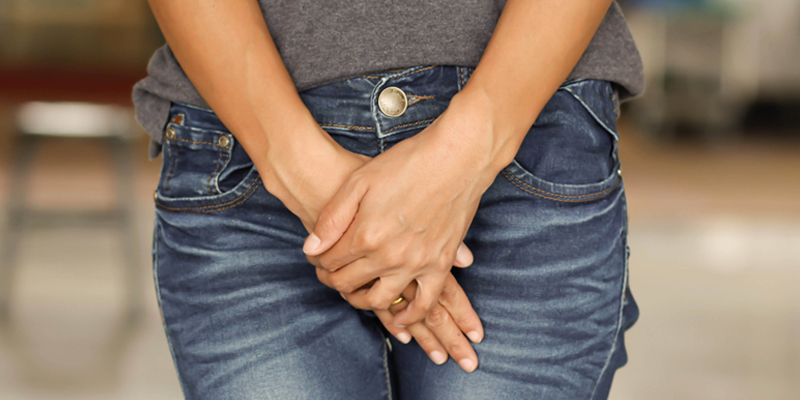
Osteitis Pubis is the inflammation of the pubic symphysis due to non-infection. The pubic symphysis is the joint where two the two iliac bones of the pelvis connect in the front.
Osteitis Pubis can cause abdominal pain, pelvic pain and, in our experience, sacroiliac joint dysfunction as well. Many people mistake it for a groin pull.
It is common in athletes. However, in our experience at Rebalance, we see the postpartum as well.
Osteitis Pubis is caused by overuse, meaning it is caused by repetition rather than a specific incident. Instability of the pelvic bones and the pubic symphysis is the main factor in leading this inflammation. The instability is exacerbated when asymmetrical loads are placed through the pelvis such as when running or kicking. (Source: PhysioWorks.com)
In postpartum women, Osteitis Pubis is triggered by the instability of the pelvic bones, which is exacerbated during pregnancy when the joints become lax due to the hormone relaxin. If there is already poor pelvic control or instability in the hips, there is a higher possibility of developing inflammation in the pubic symphysis joint simply because the pelvis is not loading well.
During pregnancy, people can undergo a significant change in alignment and/or asymmetrical changes in the pelvis. This is due to all the different hormones, especially relaxin. Relaxin circulates all throughout pregnancy. Even postpartum you are placing different loads, both due to the delivery itself and when you are taking care of your baby.
This change in alignment, coupled with instability, can become exacerbated when you begin working out postpartum. If you don’t have good stability, proper alignment of the back and hip, as well as good muscle coordination to absorb that load/impact of the workouts, then you could be susceptible to developing OP.
At Rebalance in Philadelphia and Narberth Main Line, we take a holistic approach to treatment. Since this injury is due to an imbalance, we look at your alignment to try to correct the imbalance. Our job is to improve the mobility and stability of all of these joints and decrease any spasming around the musculature in all of these areas, both internally and externally.Treating Osteitis Pubis could include treating the pelvic floor.
We want to release any of the tissues creating bad alignment and increase awareness of alignment or do hand on work to improve alignment. Once you have normalized muscle tone and are more aware of alignment, we’ll teach you how to move with that new alignment.


